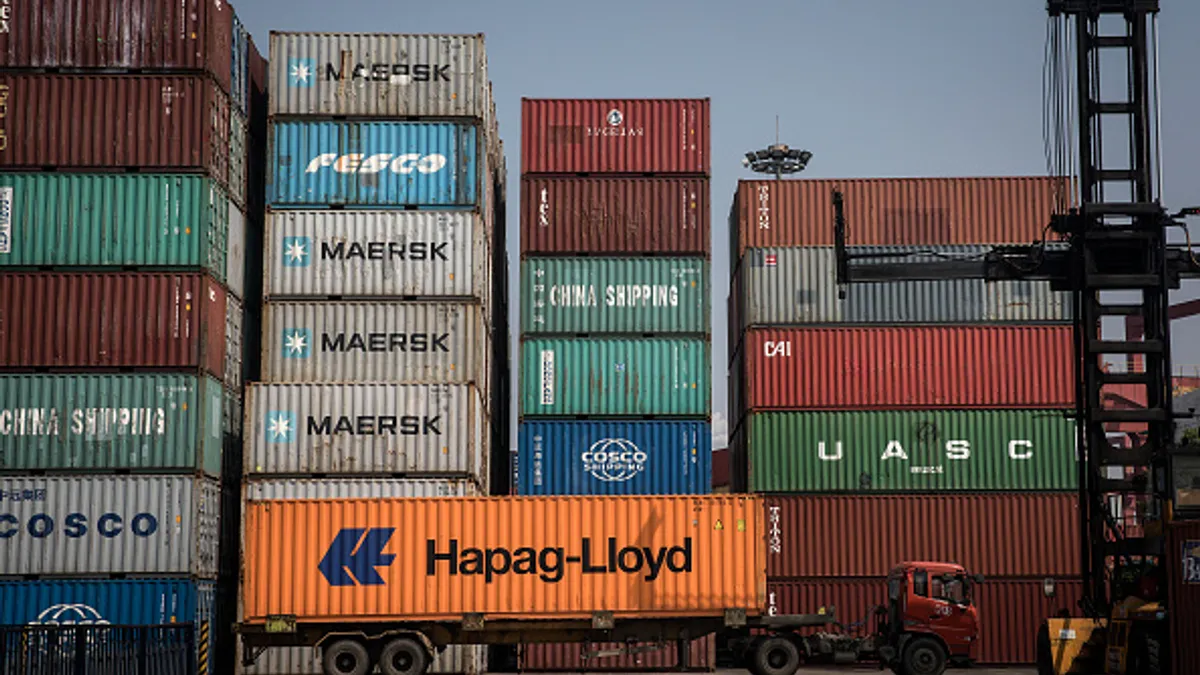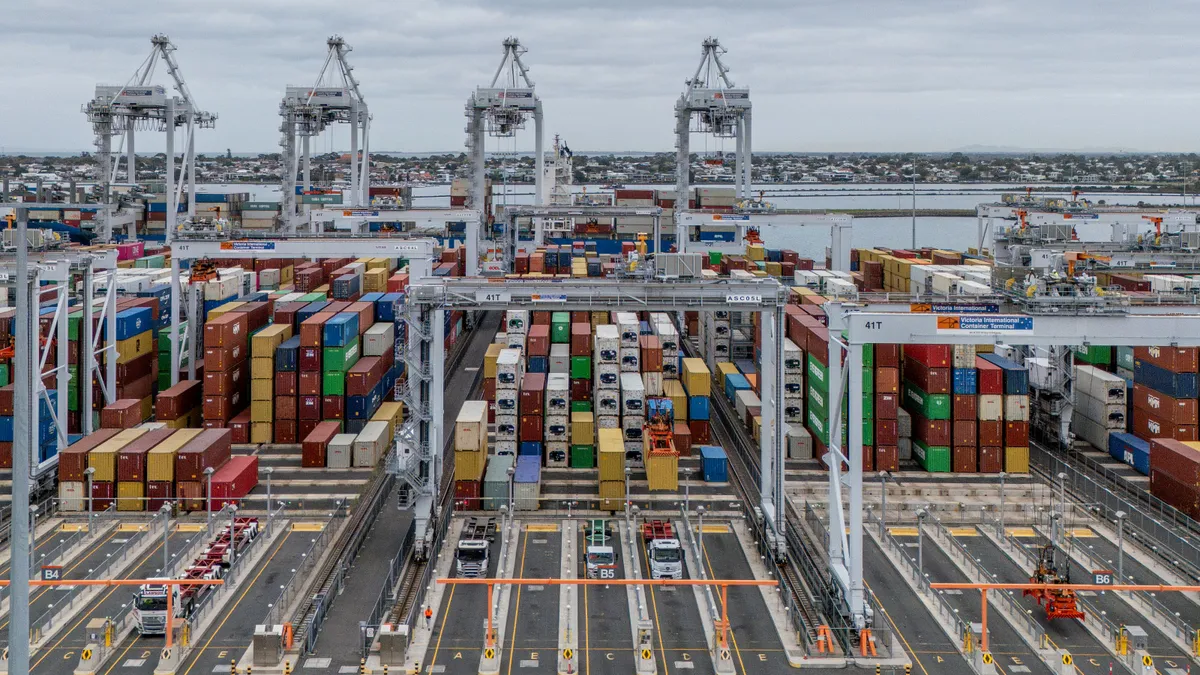Kraft Heinz is in "urgent need" of a procurement upgrade.
That's how Chief Procurement Officer Marcos Eloi described the state of his department last week at the company's Investor Day presentation. It has been just over one year since Eloi joined the company and just under two years since Kraft Heinz received a subpoena from the Securities and Exchange Commission. That investigation would eventually reveal procurement misconduct that caused Kraft Heinz to restate nearly three years of financial results.
But the company's procurement problems run deeper than mistakes made by rule-breakers and missed by management. Kraft Heinz has been on a losing streak for more than a year, in terms of financials — and longer than that in the eyes of food industry experts. And executives see procurement as lagging behind in contributing to a tidier balance sheet.
Eloi said he now wants his department to be a competitive advantage for the company, which expects changes to Kraft Heinz's procurement practices to contribute $1.2 billion of the $2 billion in savings a new approach across the supply chain is set to generate over five years.
Kraft Heinz will bring together procurement, production, distribution teams, marketing and R&D within the Ops Center. And within procurement, Eloi outlined four areas of transformation: sourcing, manufacturing, centralization and product development.
Less-transactional sourcing
"We identified an urgent need to elevate our procurement capabilities to address unexplored opportunities, enhancing our sourcing results while strengthening our relationships with key suppliers," Eloi said.
The CPO described a less-transactional approach to sourcing, enhanced by digital tools such as data analytics and e-auctions, which Kraft Heinz is already using. But Eloi would like to grow them further.
E-auctions and other technological process improvements can be game-changers, according to David Natoff, procurement and finance operations management consultant at Blue Sphere Consulting. But they aren't a fix-all.
"I'm a big fan of e-Auctions but it's important to remember that they are just one part of the multi-step sourcing process," Natoff said, adding that pricing is just one segment of a strategic sourcing strategy.
New techniques and tactics for sourcing will help Kraft Heinz broaden its supplier base to eliminate dependencies, while also producing more strategic supplier relationships, Eloi said.
Reducing internal manufacturing
In addition to more strategically sourcing materials, Kraft Heinz is looking to lean more on external manufacturers and reduce its internal manufacturing capacity. The company currently operates 80 factories and contracts with another 300.
"This is a return on value equation where they want to drive cost down, mitigate risk, increase quality and where supplier collaboration and partnership can drive innovation," Natoff said. "Making the right investment in [supplier relationship management] will be crucial for them to be successful in this change."
"Our external manufacturers should be an extension of our company, but we have been dealing with them in a very transactional way."

Marcos Eloi
Chief Procurement Officer at Kraft Heinz
Creating a central methodology by which the company will determine what to make and what to buy is on Eloi's to-do list. And, in line with the mindset-shift when it comes to sourcing, third-party manufacturer relationships will need to evolve, too.
"Our external manufacturers should be an extension of our company, but we have been dealing with them in a very transactional way," Eloi said.
The end result, he said, will be Kraft Heinz developing new products alongside manufacturing partners. The instinct to outsource may not just be for cost, but for capability, too, which could add to Kraft Heinz's ability to create new products, said Chris Sawchuk, principal and global procurement advisory group practice leader at the Hackett Group.
'Design to value' methodology
Beyond integrating more third-party input, product development will evolve across the board, centered on what Eloi called the "design to value" methodology.
It's the company's answer to an overactive instinct for innovation, which, in recent years, hasn't garnered the ROI the company would like. In the past, an instinct to increase SKU-count to bolster its best-sellers often led to paltry sales increases and disproportionate supply chain complexity — especially in procurement.
The new plan is to incorporate supply chain input along the product development path.
"One of the things procurement has always said is, 'How do we get procurement as part of the product development process?'"

Chris Sawchuk
Principal and Global Procurement Advisory Group Practice Leader at The Hackett Group
"With a cross-functional approach, we're using our consumer insights and competitive benchmarking, addressing both our cost structure as well as our product designs," Eloi said. The CPO piloted the approach in 2019 with 25% of the company's spend and found that the shift yielded portfolio expansion that actually increased spend efficiency.
This approach could also increase Kraft Heinz's speed and agility, when it comes to new products, Sawchuk said. A collaborative process will, in theory, help avoid trips back to the drawing board if a new product design or formulation is a deal-breaker in regards to cost or capability in the supply chain.
"One of the things procurement has always said is, 'How do we get procurement as part of the product development process?'" Sawhuck said. Bringing procurement into the process early means Kraft Heinz can factor in manufacturing realities, cost and marketing together as the teams design new products.
The Procurement Center
All of these tenants, and the people that enact them, will live under the umbrella of Kraft Heinz's Procurement Center — within the broader Ops Center. The primary aim of the Procurement Center will be to centralize indirect spend, which Eloi called "heavily fragmented."
"By centralizing it, we will ensure proper visibility and control to drive consolidation of spend with contracts and with automation; we will streamline our procurement operations to drive price savings," he said, adding that in his first year at the company, he discovered multiple instances where Kraft Heinz bought the same materials from the same company at different prices — with a variation of 20% to 30%
"Procurement needs to be coordinated across the broader organization," said Sawchuk.
The Procurement Center is currently rolling out within North America and will expand to the rest of the world within two years.
Avoiding past missteps
Eloi's presentation didn't mention Kraft Heinz's recent procurement troubles. But some structural efforts to avoid the misconduct of the past, which was largely related to mid-level procurement officers manipulating incentives amid a faulty review process, may be inherent in Eloi's plan, according to the experts.
Knocking down the structure and practices, as long as existing incentives were worked over, too, is a good start, along with new people, said Natoff and Sawchuk.
"This is a massive transformation. It's all aspects that they're focused on," Sawchuk said. People will make the difference between success and stasis, he said.
Eloi said that new talent is plentiful, which Sawchuk said is a good and essential start. The challenge now will be managing this level of overhaul.
"They have to be careful not to expect the souped-up engine of advanced analytics to get them where they need to go without fixing the vehicle itself."

Ken Fenyo
President of Research and Advisory at Coresight Research
And the industry is watching — skeptically. While it may sound like a move toward healthy, modern procurement management to ears within the procurement space, onlookers from the food industry may think it sounds like cost-cutting at the expense of innovation.
The cost-reduction focus of Kraft Heinz's plan "gives the impression that the financial engineering has not gone far enough to lift [Kraft Heinz] out of the economic death spiral it’s been in the last several years," said Phil Kafarakis, an international food industry advisor to boards, C-level executives, and governments and former president of the Specialty Food Association.
The "how" of Kraft Heinz's comeback plan is important. But what the company does with its new capabilities is another hurdle it has yet to clear.
"They have to be careful not to expect the souped-up engine of advanced analytics to get them where they need to go without fixing the vehicle itself," said Ken Fenyo, president of research and advisory at Coresight Research.
This story was first published in our weekly newsletter, Supply Chain Dive: Procurement. Sign up here.























